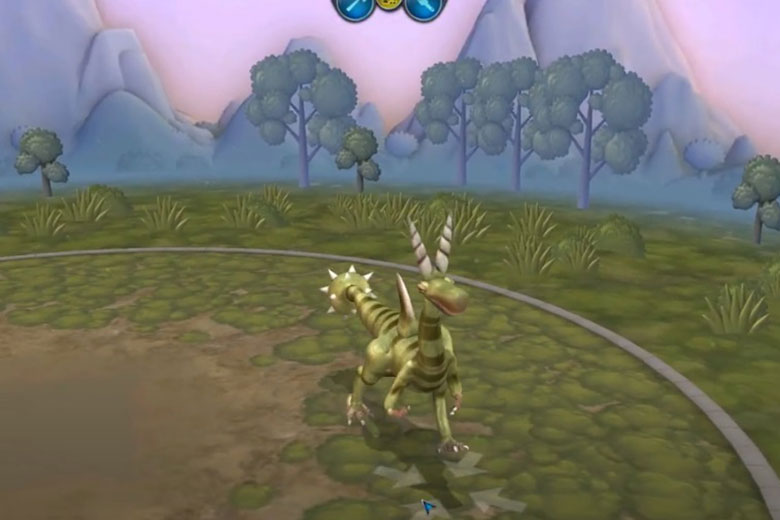Dinosaurs, fossil collecting, and evolution are common staples of video games letting players interact with and learn about exciting aspects of palaeo-science, but a new study reveals many games contain negative and harmful themes that can skew the players’ understanding of palaeontology.
Normally palaeontologists work in museum collections or the lab, but an international group of researchers, led by a team from the University of Birmingham, played and studied a range of video games containing elements of palaeontology. From obvious games such as tie-in Jurassic Park games to Red Dead Redemption 2, Super Mario World and Animal Crossing, they played a plethora of games to unearth what was palaeo-fact from palaeo-fiction.

An international group of researchers, led by a team from the University of Birmingham, played and studied a range of video games containing elements of palaeontology
Study co-author Dr Thomas Clements, from the University of Birmingham, commented: “Loads of people are inspired by and get their understanding of dinosaurs from movie blockbusters like Jurassic Park, but no one talks about how massive the gaming industry is in shaping not only the public’s understanding of ancient life and also of paleontological science.”
“When we played through many of these games, we were pleasantly surprised about the accuracy of games like Animal Crossing that provide accurate and educational information in a fun and engaging way. However, we also found that many games contain misleading, negative, and sometimes quite damaging themes – many already widespread issues in the gaming industry. It is common for palaeo-games to contain ethically dubious science, the illegal collection of fossils, ‘monsterification’ of animals, poor representation of minority groups, and the hypersexualisation of women.”
“This paper is about how the science of palaeontology is portrayed to the public, at a time when many people get a lot of their knowledge from media and entertainment”
Publishing their findings in EGUsphere Geoscience Communications, the scientists analysed the representation of palaeontology in hundreds of video games, classifying them into several categories. They then defined a number of factors which may help or hinder a video game’s effectiveness in promoting palaeontology to a wider audience. Their study makes suggestions for ways that science communicators can address these issues when talking to the public about palaeontology.
Co-author Jake Atterby, also from the University of Birmingham, commented: “This paper is about how the science of palaeontology is portrayed to the public, at a time when many people get a lot of their knowledge from media and entertainment. Audiences can subconsciously learn from the media they consume, including depictions of our science that are deliberately exaggerated for entertainment. This can give players a false impression of ancient life and the work that we do. It is important for palaeontologists to understand the public’s perception of our science to help when we communicate our research.”









